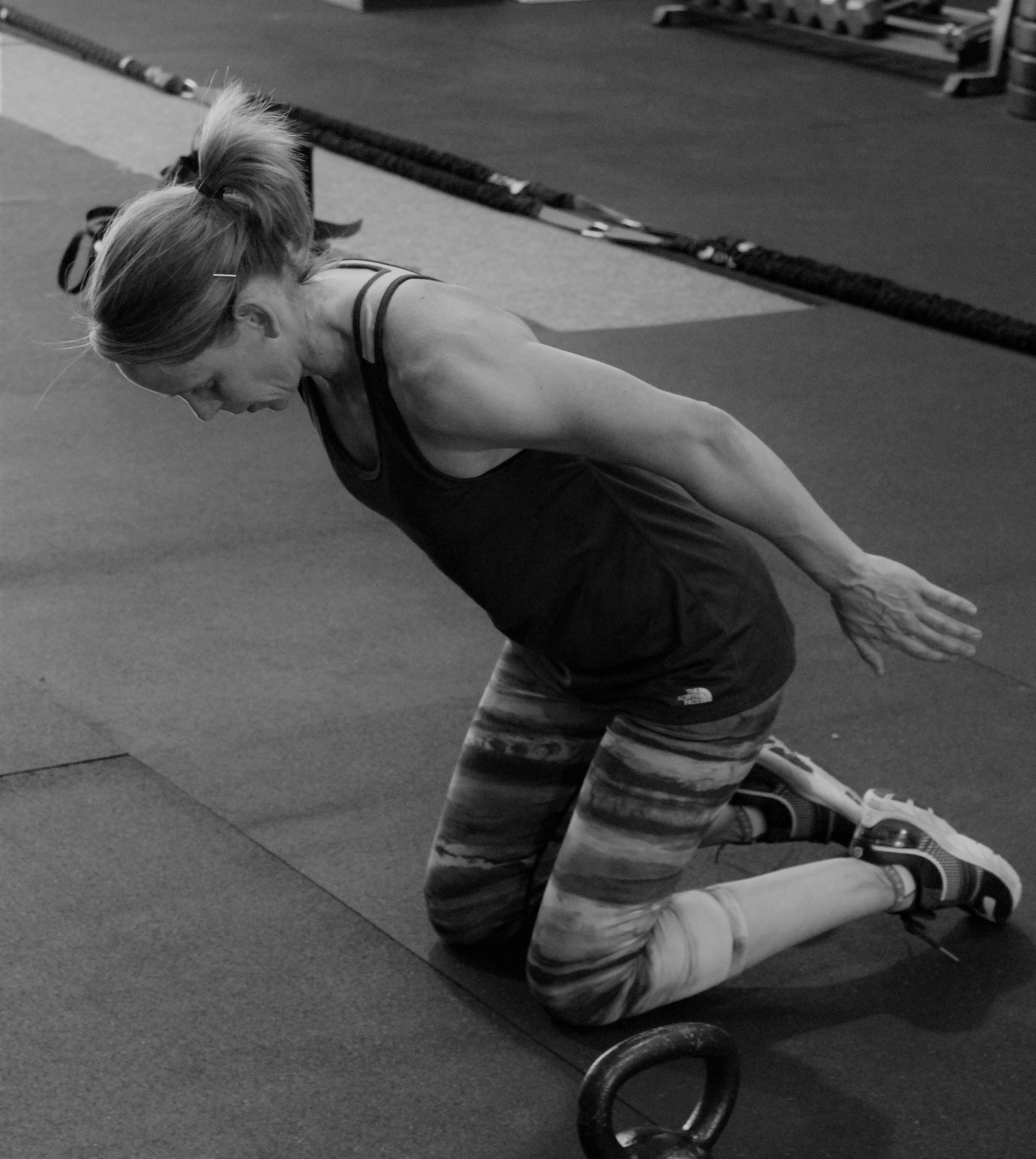Basic Guide to the Energy Systems

Before the start of an initial training cycle, I always sit down with new members to get a better idea of how they trained prior to coming to Epoch. Often times we uncover that they completely ignore whole energy systems otherwise known as “energetic pathways” that are needed at critical times. Whether it’s rescuing a victim, patrolling over rough terrain, or pursuing a suspect on foot, proper development of your energy systems may mean the difference between objective success or failure. In this article I’ll briefly discuss the three distinct energy systems every human uses to do work.
The first energy system we talk about in the anaerobic pathway is called the adenosine triphosphate, phosphocreatine (ATP-PC for short) system. This system is alactic in that it’s a non-lactic acid producing system that you rely on for short duration, high intensity activities such as rescue tasks, tree felling, or mechanical door breaching. ATP-PC is active at the start of all activities regardless of its intensity or duration and provides energy at a high rate of about 6-10 seconds. However, its main weakness is that it’s limited due to the muscles only being able to store a small amount. We develop this system through weight lifting, plyometrics, and high intensity interval work.
The second energy system is the anaerobic glycolysis (lactic) system which also doesn’t require oxygen but does produce lactic acid, and is normally used for activities lasting 10 seconds to one minute. Once the CP stores are depleted the body will revert to glucose or glycogen to restore the ATP needed to do work. The total threshold of work is limited by the accumulation of hydrogen ions in the muscles which causes that familiar “burning” sensation we’ve all come to know well.
The third energy system is the aerobic, or oxidative, system which uses oxygen to break down food stores and is generally the energy system used to engage in long lasting activities that take place ranging from several minutes to several hours with a moderate to light power output. In the military, this is typically the more developed of the energy systems because of the long marches, endurance events, and formation runs that serve as a staple of unit PT. The oxidative system also provides a large amount of the energy during long distance forced marches.
Athletes are notorious for developing one system to a high degree while totally neglecting the others. This is one of the main reasons why when you have one teammate who just happens to be leading team PT, and is a great endurance athlete, the rest of team’s strength or non-endurance based fitness attributes usually get pushed aside. In order to have a wide and deep base of general preparedness it’s imperative that you develop each of the energy systems individually, and then train in a way that integrates 2 or 3 of the systems you want to improve. I have included a breakdown on time of event, intensity, and corresponding energy system.
Duration Intensity of Event Energy System
0-6 Seconds Very Intense ATP
6-30 Seconds Intense ATP-CP + Fast Glycolysis
30-120 Seconds Heavy Fast Glycolysis
120-180 Seconds Moderate Glycolysis + Oxidative System
180+ Seconds Light Oxidative System
From a biochemical prospective, it becomes important to develop all these systems but, with the limited amount of time my tactical athletes have for strength training, it becomes that much more important to find programming that really returns huge results with a small investment of time.